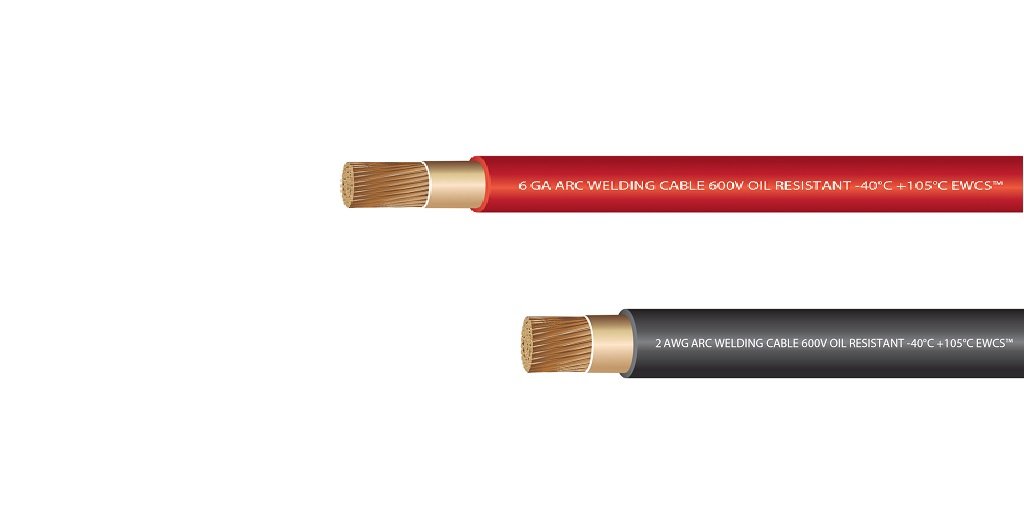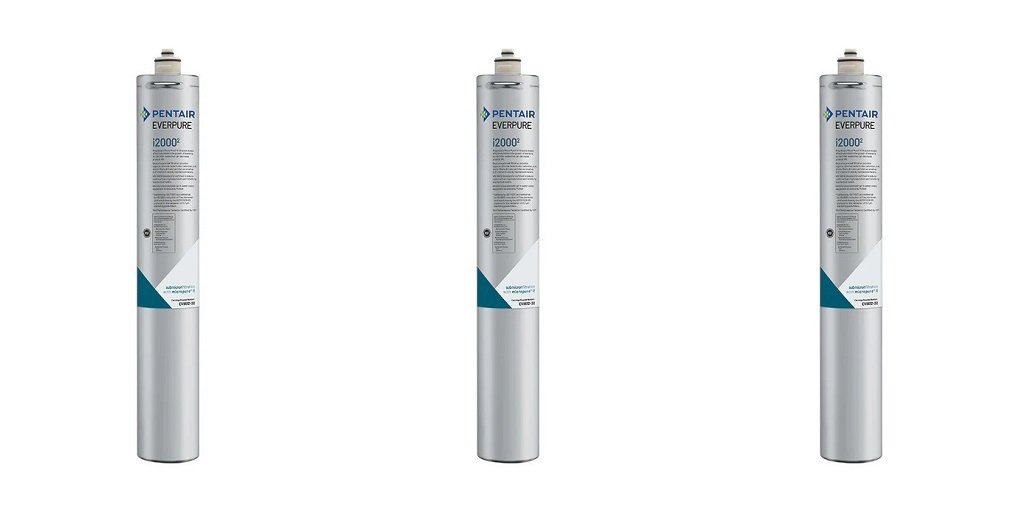The oil and gas sector has long been recognized as one of the most asset-intensive and high-risk industries. In recent years, the emergence of the Internet of Things (IoT) has opened new avenues for oil and gas companies to improve safety, streamline operations, reduce downtime, and make data-driven decisions. With IoT devices enabling real-time data exchange across every stage of production—from exploration and drilling to transportation and refining—the industry is undergoing a significant technological transformation.
As the world leans toward digital innovation, the integration of IoT in oil and gas industry is no longer optional but essential. Whether it’s ensuring worker safety, monitoring equipment performance, or detecting pipeline leaks, IoT solutions are revolutionizing how companies manage operations in this complex and often hazardous environment.
What is IoT in Oil and Gas?
IoT in the oil and gas context refers to a network of smart, interconnected sensors and devices deployed across oilfields, refineries, pipelines, and storage facilities. These devices collect data on various parameters such as pressure, temperature, vibration, and flow rate. The data is transmitted in real-time to centralized systems where it is analyzed and used to make informed operational decisions.
From offshore rigs to onshore drilling sites, IoT empowers companies to improve visibility and control over their assets and infrastructure, ultimately leading to more efficient and safer operations.
Key Use Cases of IoT in the Oil and Gas Sector
1. Remote Asset Monitoring
One of the most significant advantages of IoT in oil and gas is the ability to remotely monitor and control operations. Traditional methods often required physical inspection, which could be time-consuming and risky, especially in remote or offshore locations. With IoT-enabled devices, operators can monitor equipment status, environmental conditions, and asset performance in real time, reducing the need for on-site visits and lowering operational costs.
2. Predictive Equipment Maintenance
Unplanned equipment failures can lead to significant production losses and costly repairs. IoT facilitates predictive maintenance by using sensors to track the condition and performance of machinery. When a piece of equipment shows signs of wear or unusual behavior, alerts can be triggered to schedule maintenance before a failure occurs. This proactive approach not only reduces downtime but also extends the lifespan of assets.
3. Pipeline Leak Detection and Management
Pipelines are a vital component of the oil and gas supply chain. IoT sensors installed along pipelines help detect pressure changes, flow irregularities, and potential leaks. Early leak detection is crucial in preventing environmental disasters, avoiding financial penalties, and ensuring the safety of personnel and surrounding communities.
4. Enhanced Worker Safety
Safety is a top priority in the oil and gas industry due to the presence of flammable materials, toxic gases, and heavy machinery. IoT devices such as wearable sensors can monitor workers’ vital signs, detect exposure to hazardous gases, and even track their location in real time. In case of an emergency, automated alerts can be sent to response teams, enabling faster action and potentially saving lives.
5. Operational Optimization and Energy Efficiency
IoT systems allow for real-time data collection and analysis, enabling operators to identify inefficiencies in energy use and equipment performance. This helps in optimizing processes such as drilling, refining, and transportation, resulting in reduced energy consumption and lower operational costs. Additionally, better energy management contributes to a reduced carbon footprint and aligns with global sustainability goals.
6. Supply Chain and Inventory Management
IoT technology can also be applied to logistics and supply chain operations. Smart sensors and RFID tags help track the movement of materials, tools, and spare parts. Companies gain better visibility into inventory levels, shipment statuses, and delivery times, helping them reduce waste, avoid delays, and streamline the supply chain.
Benefits of IoT Integration in Oil and Gas
The integration of IoT technology offers a wide range of advantages to oil and gas companies, including:
-
Increased Efficiency: Automated monitoring and control reduce manual intervention and enhance productivity.
-
Improved Safety: IoT helps identify hazardous conditions early and ensures rapid response to safety incidents.
-
Cost Reduction: Predictive maintenance and process optimization reduce repair costs and operational expenditures.
-
Real-Time Decision Making: With instant access to data, decision-makers can act quickly and accurately.
-
Environmental Compliance: Leak detection and energy monitoring assist in adhering to environmental regulations.
Challenges in Adopting IoT in the Oil and Gas Industry
While the benefits are substantial, implementing IoT in the oil and gas sector also presents several challenges:
-
High Initial Investment: The deployment of IoT infrastructure, including sensors, communication networks, and analytics platforms, can be expensive.
-
Data Security Risks: With increasing connectivity comes the risk of cyberattacks. Protecting sensitive data and critical infrastructure from breaches is paramount.
-
System Integration Issues: Integrating IoT solutions with legacy systems and ensuring interoperability can be complex.
-
Skill Gaps: There is often a shortage of skilled personnel capable of managing IoT systems and interpreting the vast volumes of data generated.
The Future of IoT in Oil and Gas
As IoT technology continues to evolve, its role in the oil and gas sector will become even more prominent. The integration of AI and machine learning with IoT will allow for more advanced analytics and automation. Digital twins—virtual replicas of physical assets—are expected to become standard tools for monitoring performance and testing scenarios in a risk-free environment.
Additionally, the rollout of 5G networks will improve the speed and reliability of data transmission, making real-time remote operations more robust and scalable. These advancements will further empower oil and gas companies to enhance their operational agility, reduce costs, and drive innovation.
Final Thoughts
IoT is reshaping the oil and gas industry by enabling smarter, safer, and more efficient operations. From monitoring pipelines and equipment to protecting workers and optimizing energy use, IoT offers a comprehensive solution to many of the industry’s long-standing challenges. As adoption grows and technologies mature, companies that embrace IoT will be better equipped to thrive in an increasingly digital and competitive energy landscape.









Leave a Reply